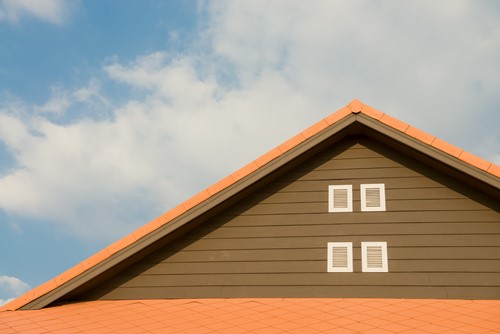It's Worth It: 3 Ways to Make Your Home More Energy Efficient & Benefit You

Homeowners typically want to tackle renovation projects that will benefit them in multiple ways. Ideally there should be a healthy mix of aesthetically pleasing upgrades that also help reduce utility costs. The following rank among the energy efficient home renovation projects that can save you money while still improving aesthetic and quality of life.
1: Install Energy Efficient Replacement Windows
Homeowners thinking about energy efficient home improvements may be pleased to know the federal government offers a Nonbusiness Energy Property Credit. The tax credit limit is reportedly set at 10 percent on Energy Star-rated windows. This return on investment can be coupled with estimates that the average home saves between $100 and $600 annually by upgrading to energy efficient windows. Multi-pane windows generally reduce drafts and offer family members improved views. They rank among the top upgrades that deliver both quality of life value and return on investment.
2: Cool Roof Renovations Reduce HVAC Expenses
A typical roof can last approximately 25-30 years. When the time comes to replace an existing roof, homeowners have an increased number of product choices such as asphalt and metal. "Cool roofs" have been trending in recent years which involve certain colors and products reflecting sunlight at a higher rate. Energy Star-certified roofing materials can reduce surface temperatures by upwards of 50 percent. According to EnergyStar.gov, the utility cost savings usually ranges from 7-15 percent and the federal tax credit may allow homeowners to deduct 10 percent of the cost if the roof meets the proper sunlight deflection criteria. Given that only a relatively small number of people enjoy high-level roof renovation expertise, it's important to discuss energy efficient roofing options with an experienced professional who understands the weather in your region.
3: Strategically Install Solar Panels
Considered perhaps the top energy efficient home improvement, the total return on investment for a solar panel installation ranges from 5-12 years depending on sunlight. The federal tax credits are expected to remain at a rate of 26 percent through 2022 and dip to 22 percent in 2023. The policy is on track to end after 2023 unless the federal government renews the tax credit.
One limitation that previously deterred homeowners from installing panels has been solved by innovation. In fact, solar panels are no longer just for your roof. Property owners can now seamlessly position mini solar fields in a sunny area. Some people split the difference by leveraging garage, porch, veranda or pergola roofs to place solar panels. These systems must be fully operational to apply for tax credits, so it's a good idea to consult a professional for help with installation.
Spending money on upgrades and improvements does not necessarily have to be a one-way street. By selecting energy efficient home renovations with proven return on investment, you can recoup upfront costs and increase property values.
About the Author

Peggy Withers
Hi, I'm Peggy Withers and I'd love to assist you. Whether you're in the research phase at the beginning of your real estate search or you know exactly what you're looking for, you'll benefit from having a real estate professional by your side. I'd be honored to put my real estate experience to work for you.